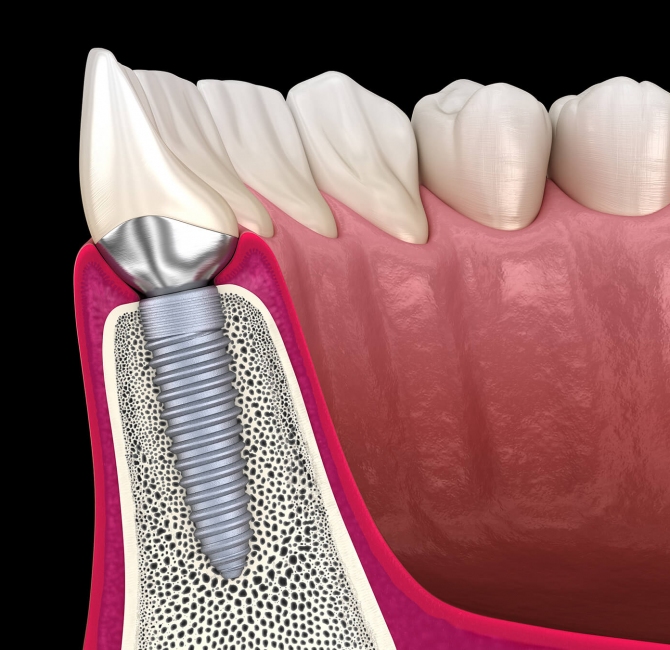Key messages:
- Eating disorders are characterized by disturbances in eating behaviour, occurring more often in females than males.
- Common eating disorders include anorexia nervosa, bulimia nervosa, binge-eating disorder, and avoidant/restrictive food intake disorder.
- Treatment includes nutritional support, psychotherapy, and pharmacotherapy.
- Early recognition of eating disorders improves treatment outcomes, including faster recovery.
Introduction
Common eating disorders include anorexia nervosa, bulimia nervosa, binge-eating disorder, and avoidant/restrictive food intake disorder (ARFID). Eating disorders occur worldwide in individuals of all racial and ethnic backgrounds, affecting 2% to 5% of individuals during their lifetime and are more common in females than males. Sociocultural attitudes about thin appearance are associated with body dissatisfaction and disordered eating behaviours among adolescents in many countries. Eating disorders have both genetic and environmental risk factors.
Risk factors for developing an eating disorder include a family history of an eating disorder and childhood maltreatment such as emotional, physical, or sexual abuse. However, many individuals with eating disorders report none of these risk factors. Participation in activities emphasizing body weight or shape (e.g., gymnastics, ballet, modelling) is associated with anorexia nervosa and bulimia nervosa development. Sexual and gender minority groups have a higher lifetime prevalence of eating disorder diagnoses.
Eating disorders often occur alongside other mental health disorders, including mood disorders (e.g., major depressive disorder, bipolar disorder), anxiety disorders, obsessive-compulsive disorder, and substance use disorders (e.g., alcohol use disorder, stimulant use disorder), with major depression and anxiety disorders being the most common. Therefore, a comprehensive evaluation for psychiatric and substance use disorders is recommended for those with eating disorders.
This narrative review summarizes current evidence on the epidemiology, diagnosis, and treatment of anorexia nervosa, bulimia nervosa, binge-eating disorder, and ARFID.
Anorexia nervosa
Anorexia nervosa is characterized by severe restriction of food intake, resulting in seriously low body weight. Signs of anorexia nervosa may include:
- Intense fear of weight gain.
- Preoccupation with weight and body shape.
- Rigid rules about food intake.
- Excessive exercise, despite illness or injury.
Some individuals with anorexia nervosa exclusively restrict food intake (restricting subtype), while others also engage in binge-eating and purging behaviours (binge-eating/purging subtype).
Prolonged anorexia nervosa can lead to decreased bone mineral density, cognitive disturbances (e.g., difficulty concentrating), anemia, leukopenia, hyponatremia, and hypokalemia; and, if severely underweight, hypophosphatemia and hypomagnesemia.
Bulimia nervosa
Bulimia nervosa is characterized by frequent consumption of large amounts of food, with a sense of loss of control over eating (binge eating), followed by inappropriate compensatory behaviours to prevent weight gain (e.g., self-induced vomiting; diuretic, laxative, or weight loss medication misuse; excessive exercise).
Individuals with bulimia nervosa fear weight gain but typically have normal or above-normal body weight. In addition to binge eating and compensatory purging, they may also engage in other impulsive behaviours (e.g., nonsuicidal self-injury, substance use).
Physical complications of bulimia nervosa primarily arise from purging behaviours and may lead to:
- Dental erosion from frequent gastric acid exposure.
- Parotid gland hyperplasia.
- Chronic dehydration.
- Fluid and electrolyte disturbances (e.g., hyponatremia, hypokalemia, acid-base imbalance).
- Esophageal tears from forceful vomiting.
Binge-eating disorder
Individuals with binge-eating disorder engage in frequent episodes of overeating, accompanied by feelings of loss of control over eating. However, they do not engage in inappropriate behaviours to avoid weight gain (e.g., purging, excessive exercise).
Indicators of loss of control over eating include:
- Eating until uncomfortably full.
- Eating rapidly
- Binge eating when not hungry.
- Eating alone due to embarrassment.
- Feeling upset after eating.
Binge-eating disorder is associated with overweight and obesity. It is also associated with complications of obesity, such as the development of type 2 diabetes. Binge-eating disorder is related to food insecurity, which may lead to individuals consuming inexpensive, calorie-dense, and processed foods associated with binge eating.
ARFID
Avoidant/restrictive food intake disorder (ARFID) is characterized by restrictive eating unrelated to concerns about body weight or shape. Individuals with ARFID avoid specific foods according to colour or texture, restrict intake after an adverse experience (e.g., choking, vomiting), or have diminished interest in eating that can lead to substantial weight loss.
ARFID usually develops in early childhood, when picky and unusual eating habits are common and often considered normal. The disorder develops more frequently in youth with neurodevelopmental disorders, including autism spectrum disorder and certain mental health disorders such as anxiety.
ARFID may lead to nutritional deficiencies, poor growth, delayed puberty, amenorrhea, vitamin and mineral deficiency, weakened bones and muscles, and psychosocial impairment.
Assessment
Evaluating a possible eating disorder should rule out other conditions, such as hyperthyroidism, hypothyroidism, or gastrointestinal conditions (e.g., Crohn’s disease). Early identification of eating disorders is associated with improved clinical outcomes and faster recovery. However, diagnosis is often delayed because individuals may be hesitant to seek help, and parents and healthcare providers may not recognize signs of eating disorders. If an eating disorder is suspected, particularly alongside other mental health conditions such as anxiety and depression, a referral for a comprehensive psychiatric evaluation is advised.
Treatment
Psychological and pharmacologic treatments are used for eating disorders. Treatment settings range from outpatient sessions to structured programs with meal supervision to inpatient programs. The choice of treatment setting depends on the severity of symptoms, vital signs, laboratory results, age, eating disorder diagnosis, suicidality, previous treatment response, cost, and availability. Treatment involves a multidisciplinary clinical team (e.g., primary care clinician, therapist, dietitian).
Conclusions
Eating disorders affect 2% to 5% of individuals worldwide during their lifetime, with a higher prevalence in females. Eating disorders can cause weight changes, electrolyte imbalances, bradycardia, reproductive hormonal disturbances, and decreased bone density. They are associated with an increased risk of depression, anxiety, and suicide attempts. Treatments for eating disorders include nutritional support, psychotherapy, and pharmacotherapy.



